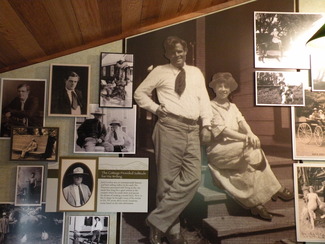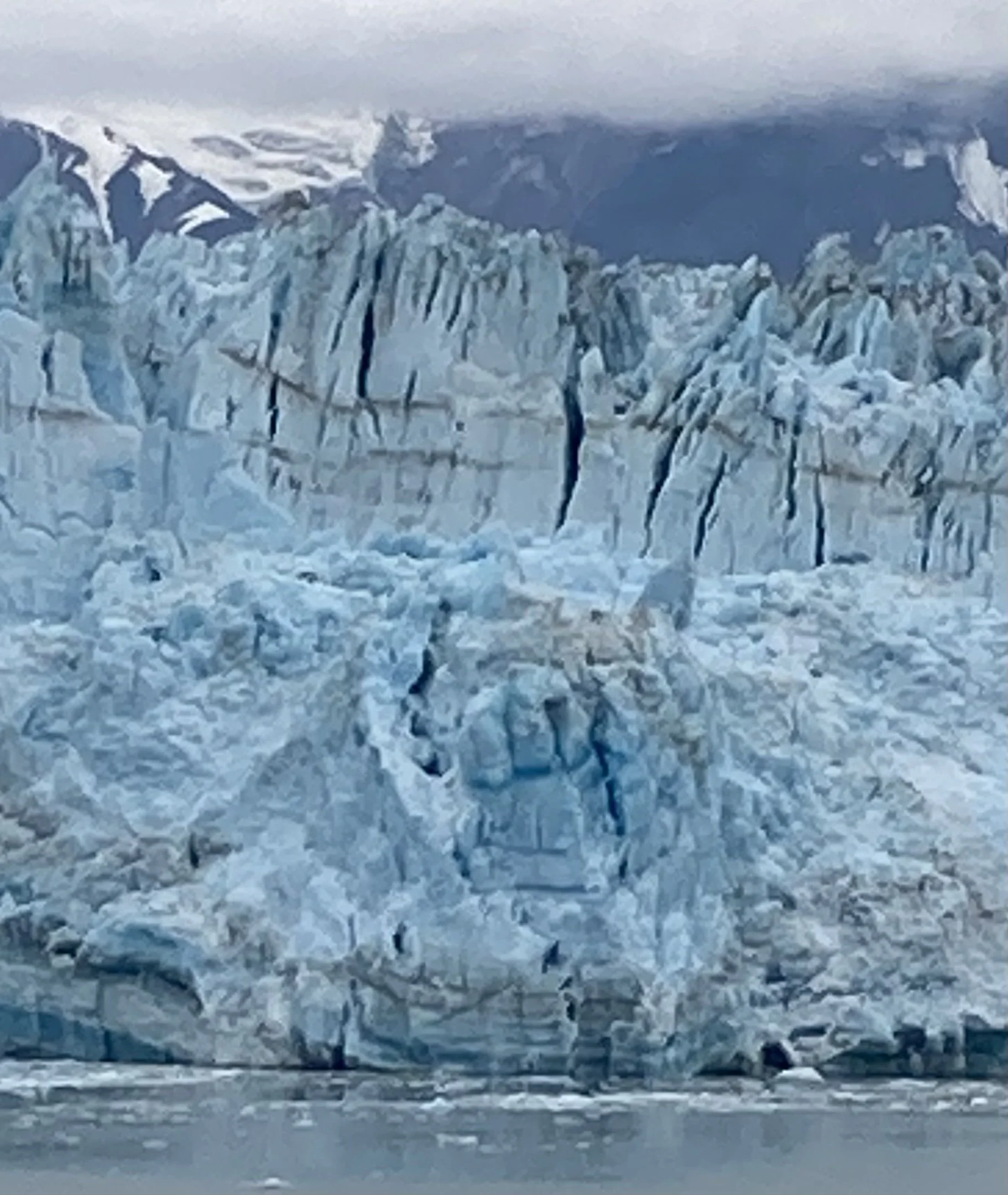Reluctantly joining his family on a mega-ship cruise, Chris Pady reflects on past adventures and an eye-opening youthful encounter in the Dominican Republic. As he grapples with ethical concerns about cruise travel, he discovers unexpected joys and questions the environmental and social impact.
All tagged Alaska
words + photos by Linda Ballou
As I trotted behind my guide along the trails that Jack London once rode, I imagined myself as one of the many friends he led on horseback rides through his 1,400-acre Beauty Ranch in the early 1900s. We galloped through stands of eucalyptus, madrona, and towering redwood trees that shaded fern-filled glens just as Jack described them in his novel The Valley of the Moon.
 Delighted with each new vista I, too, felt “vitalized, organic” as I overlooked vineyards in their tidy rows stretching to the foot of the purple Sonoma Mountains. We cantered over a rise to see the lake that Jack and Charmian, his wife of eleven years, swam in on sunny afternoons. I saw myself gliding with them through the clear water then drying on a hot rock in the sun, cooled by the wisp of a breeze.
Delighted with each new vista I, too, felt “vitalized, organic” as I overlooked vineyards in their tidy rows stretching to the foot of the purple Sonoma Mountains. We cantered over a rise to see the lake that Jack and Charmian, his wife of eleven years, swam in on sunny afternoons. I saw myself gliding with them through the clear water then drying on a hot rock in the sun, cooled by the wisp of a breeze.
Like young Jack London, I went from California to the Northwest while in my teens. Unlike Jack, it was not my idea of a great adventure. My parents, determined to homestead in Haines, Alaska, rudely uprooted me and took me to a world populated by loggers, fishermen, and Tlingit Indians. At thirteen, I hadn’t read Jack’s White Fang or The Call of the Wild. I didn’t know I was walking in the famous author’s footsteps when I took the narrow gauge train that snakes up the Whitehorse pass into the Yukon. I had no idea it was the alternate route for the Chilkoot Trail Jack climbed carrying 150-pound pack during the Gold Rush of the 1890s.
A decade after my family’s shift to the North, Hollywood chose to use the more accessible Dalton Trail from Haines to the Klondike to re-enact the fabled climb of the stampeders up the ice steps of the Chilkoot Trail in the movie White Fang. Every able-bodied person in my hometown was hired to re-create the famous scene Jack described. Even then, while everyone in town swaggered about bragging about his or her role in the film, I still had no personal awareness of Jack London. He was simply an adventurer who captured the grit of the Northwest in children’s books.
